Published in the Sunday Navbharat Times on 13 October, 2024
As I began writing this article, I realized with great relief that getting ready for work today would be a breeze. It was the 5th day of Navratri, and the color of the day was white, so all I had to do was select a white outfit. In India, the festival of Navratri celebrates the nine forms of Goddess Durga, with each day associated with a color symbolic of the virtues she embodies in that form. In Mumbai, you often witness a sea of the same color in different shades—on trains, buses, and streets. It got me thinking: colors have the power to unite people, evoke emotions, and even tell stories.
So today, as we all celebrate the festive spirit, let’s embark on a journey across the world to explore cities and destinations that embody the colors of Navratri.
Yellow – Pondicherry, India (October 3: Goddess Shailputri)
Symbolizes happiness, brightness, and energy.
I fell in love with Pondicherry instantly. It had been on my bucket list for a long time, and when I finally visited, I found myself happily lost in its charming streets, particularly the French Quarter, which is bathed in shades of yellow that radiate warmth and joy. The mustard-yellow colonial buildings, lined with bougainvillea, evoke a feeling of serenity and brightness, much like Goddess Shailputri herself. This coastal town, once a French colony, offers a unique blend of Indian and European cultures, with a relaxing vibe perfect for unwinding. With Veena World’s Pondicherry tour, you can visit the serene Auroville community and the Pichavaram mangrove forest. As someone who lives on the west coast in Mumbai, I was used to sunsets on the beach, so watching the sunrise over the sea was truly special.
Green – Bali, Indonesia (October 4: Goddess Brahmacharini)
Represents growth, harmony, and new beginnings.
The lush greenery of Bali makes it the perfect destination for Goddess Brahmacharini’s day. From the verdant rice terraces of Ubud to the dense forests and tranquil temples, Bali is a place where growth and harmony thrive. The island’s connection with nature and its spiritual traditions embodies the essence of green as a symbol of renewal and peace. Along with the famous Tegallalang Rice Terraces, the Uluwatu and Tanah Lot temples perched dramatically on cliffs are a visual delight. It was in Ubud that I discovered the entire Ramayana carved in stone as I kayaked along, observing Hindu rituals practiced throughout the city. The beaches were stunning, and you can’t resist the watersports here. Bali is a place you’ll want to return to again and again!
Grey – Reykjavik, Iceland (October 5: Goddess Chandraghanta)
Reflects stability and strength.
The grey volcanic landscapes of Reykjavik and its surrounding natural wonders echo the strength and stability that Goddess Chandraghanta represents. From the vast lava fields to towering glaciers and geysers, Iceland’s rugged beauty speaks of resilience and endurance. Reykjavik is home to famous hot springs, and a dip in the Blue Lagoon is a must. You can take day trips to the nearby Golden Circle, which includes the Geysir hot springs, Gullfoss waterfall, and Thingvellir National Park. The land of fire and ice is also perfect for witnessing the aurora borealis, or northern lights, mostly visible above the Arctic Circle.
Orange – The Netherlands (October 6: Goddess Kushmanda)
Symbolizes enthusiasm, warmth, and energy.
The Netherlands is synonymous with the color orange, thanks to the House of Orange-Nassau and its cultural significance. The Dutch proudly display this vibrant hue during national celebrations like King’s Day, when the entire country turns into a sea of orange. This lively energy, full of enthusiasm and warmth, perfectly reflects the spirit of Goddess Kushmanda. In Amsterdam, take a canal cruise through the city and learn about the locks. When I visited the world-famous tulip fields that bloom every spring, I couldn’t help but relive the famous song from Silsila amidst the vibrant colors of the tulips.
White – Santorini, Greece (October 7: Goddess Skandamata)
Represents peace and purity.
One look at the iconic white and blue domes perched on cliffs above the Aegean Sea, and you’ll feel a sense of peace and purity. The island’s serene, calming ambiance resonates with the essence of Goddess Skandamata, creating tranquility amidst natural beauty. The white architecture reflecting the sunlight feels almost otherworldly, creating a harmonious connection between land and sea. My favorite time in Santorini, like everyone else on the island, was sunset, when the sun cast a golden glow over the caldera. No wonder it’s one of the most photographed destinations in the world. Once you visit Santorini, you’ll want to explore other iconic whitewashed villages of Greece like Mykonos, Rhodes, and Naxos.
Red – Kyoto, Japan (October 8: Goddess Katyayani)
A color of power and passion.
The red torii gates of Kyoto’s Fushimi Inari Shrine are a powerful symbol of strength, energy, and passion. Red is deeply embedded in Japanese culture, symbolizing protection and vitality. The thousands of vermillion gates winding through the forest at Fushimi Inari represent the dynamic power and devotion of Goddess Katyayani. Kyoto is an excellent introduction to Japanese culture, with its beautiful blend of tradition and modernity, making it a must-visit destination.
Royal Blue – Chefchaouen, Morocco (October 9: Goddess Kaalratri)
Represents royalty, elegance, and wealth.
In the north of Morocco, I discovered a hidden treasure called Chefchaouen. Known as the Blue Pearl of Morocco, this town is painted entirely in royal blue, symbolizing elegance, spirituality, and tranquility. The blue hues are believed to reflect the sky and heaven, creating an aura of royalty and calm that aligns with Goddess Kaalratri’s symbolism. The labyrinth of blue streets and houses makes this mountain town one of the most unique destinations in the world—a place where you’ll spend a lot of time taking Instagram-worthy photos.
Pink – Jaipur, India (October 10: Goddess Mahagauri)
Symbolizes compassion, harmony, and love.
When it comes to pink, it has to be our very own Pink City—Jaipur. The city’s distinctive pink buildings were originally painted to welcome the Prince of Wales in 1876, and this color has since become synonymous with Jaipur’s charm and culture. The pink hue symbolizes the compassion and harmony of Goddess Mahagauri, making Jaipur a perfect representation of this day’s energy. I’ve lost count of how many times I’ve visited this city and can’t wait to go back again! From the beautiful Amer Fort and Hawa Mahal to the bustling markets, Jaipur is a traveler’s delight, full of vibrant festivals and exquisite handicrafts.
Purple – Provence, France (October 11: Goddess Siddhidatri)
Represents ambition, mystery, and creativity.
The final color of Navratri is beautifully captured in the lavender fields of Provence, France, which bloom in vibrant shades of purple, evoking a sense of mystery, creativity, and calm. The sight of endless rows of lavender stretching to the horizon is magical and inspiring, reflecting the qualities of Goddess Siddhidatri. Provence, known for its artistic heritage and serene landscapes, is a haven for those seeking peace and inspiration. Don’t miss the charming Provençal villages like Gordes and Roussillon, and be sure to enjoy the region’s famous cuisine and wine. Combine a visit to Provence with the French Riviera for a memorable trip.
By immersing ourselves in these colorful landscapes, we not only capture stunning memories but also form deeper connections with the people, culture, and spirit of the places we visit. As you explore the world through the colors of Navratri, which hue resonates with you the most?









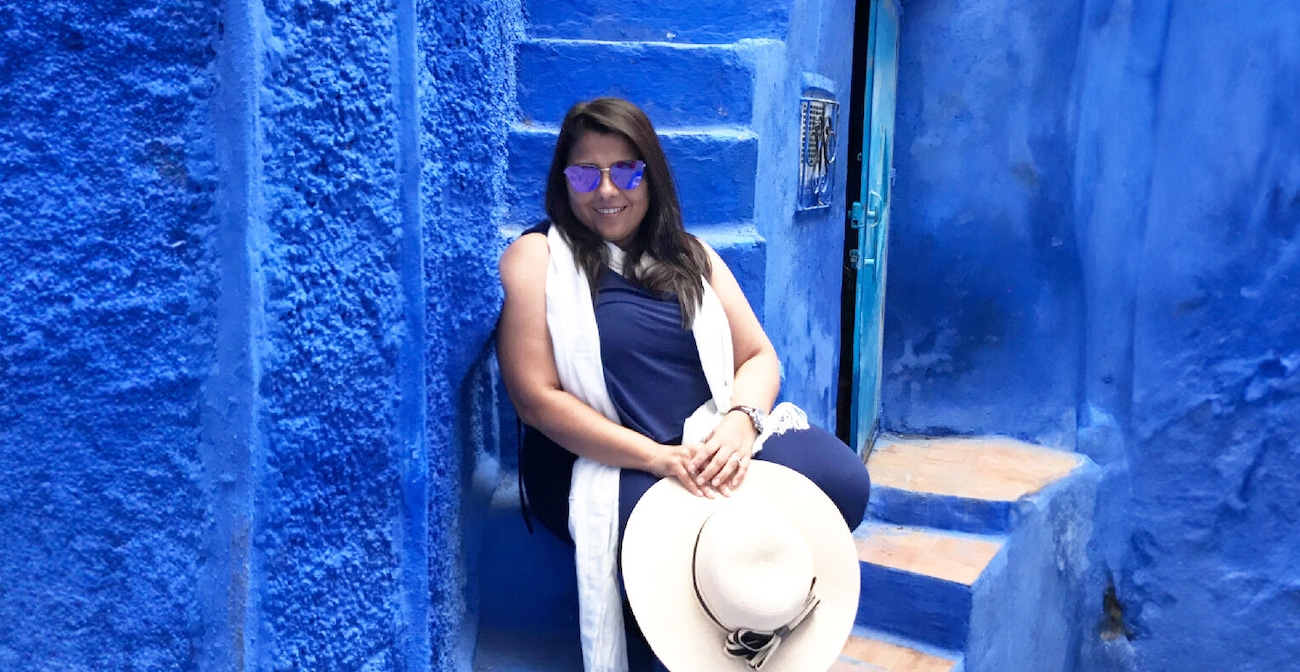






















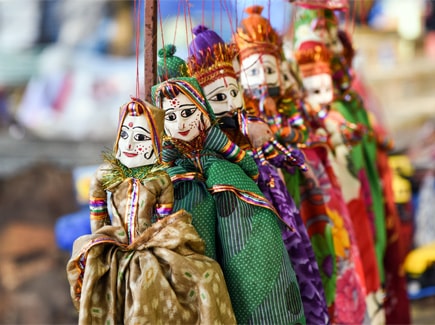
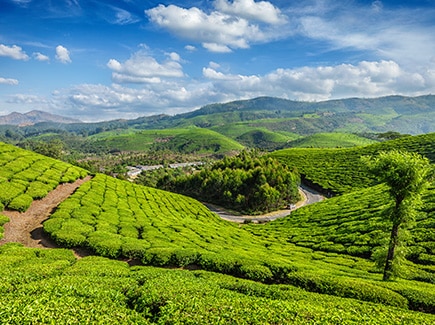

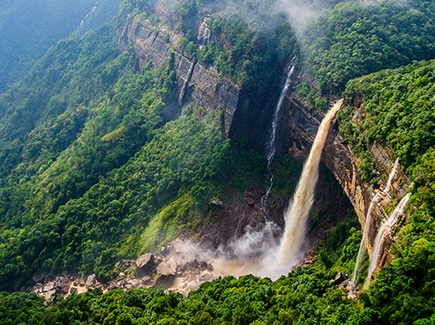
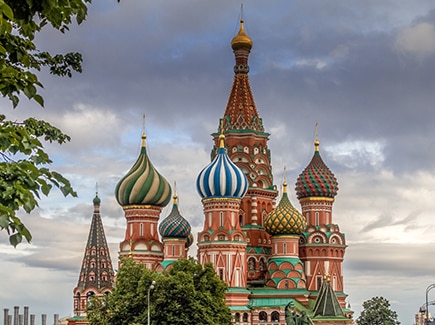
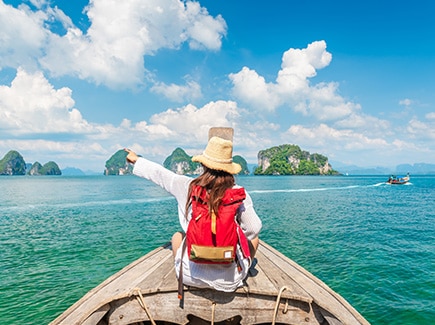
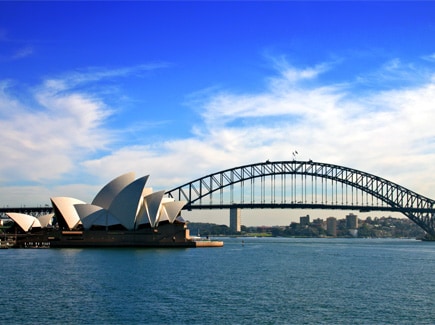
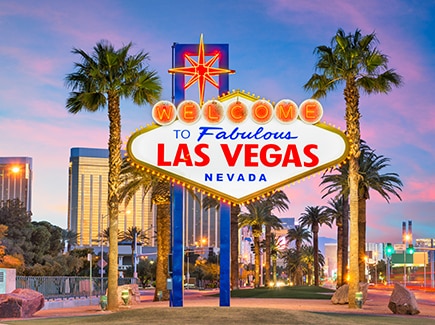

Post your Comment
Please let us know your thoughts on this story by leaving a comment.